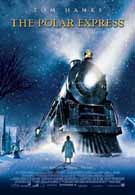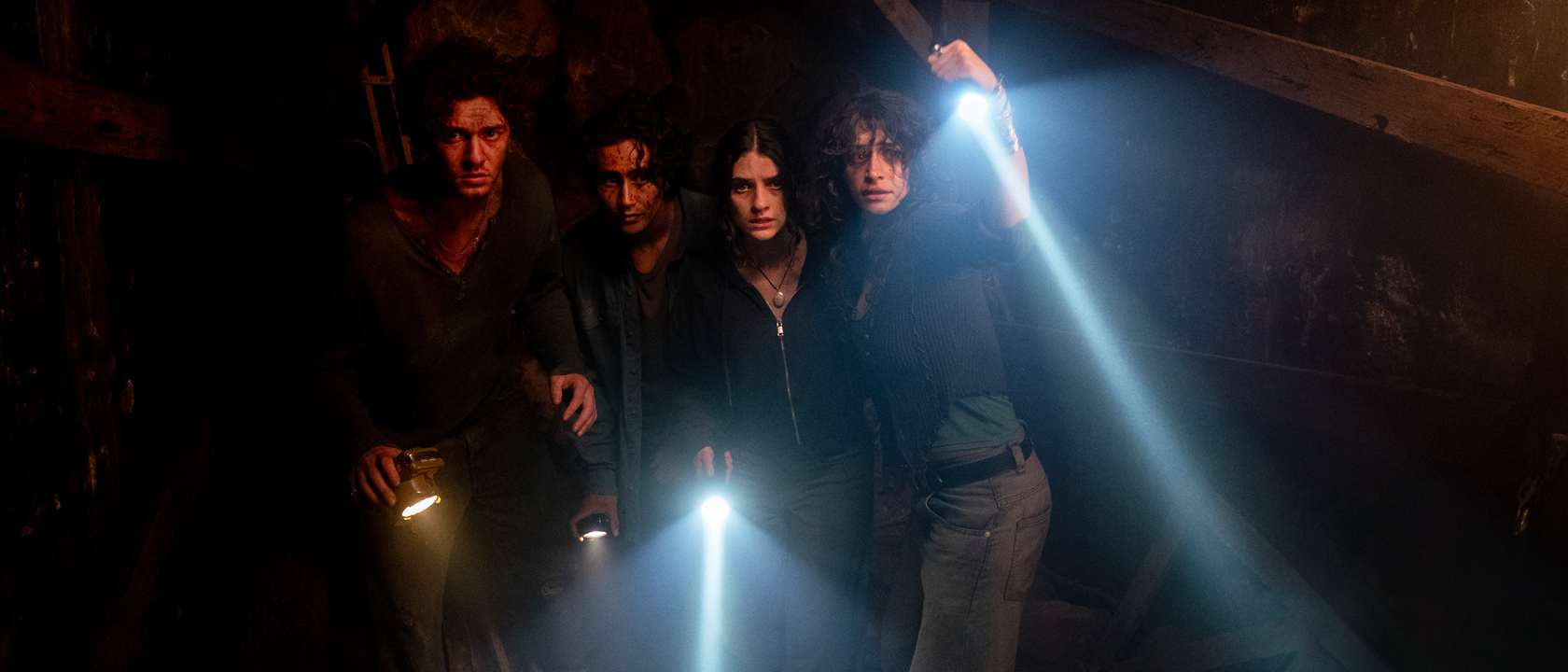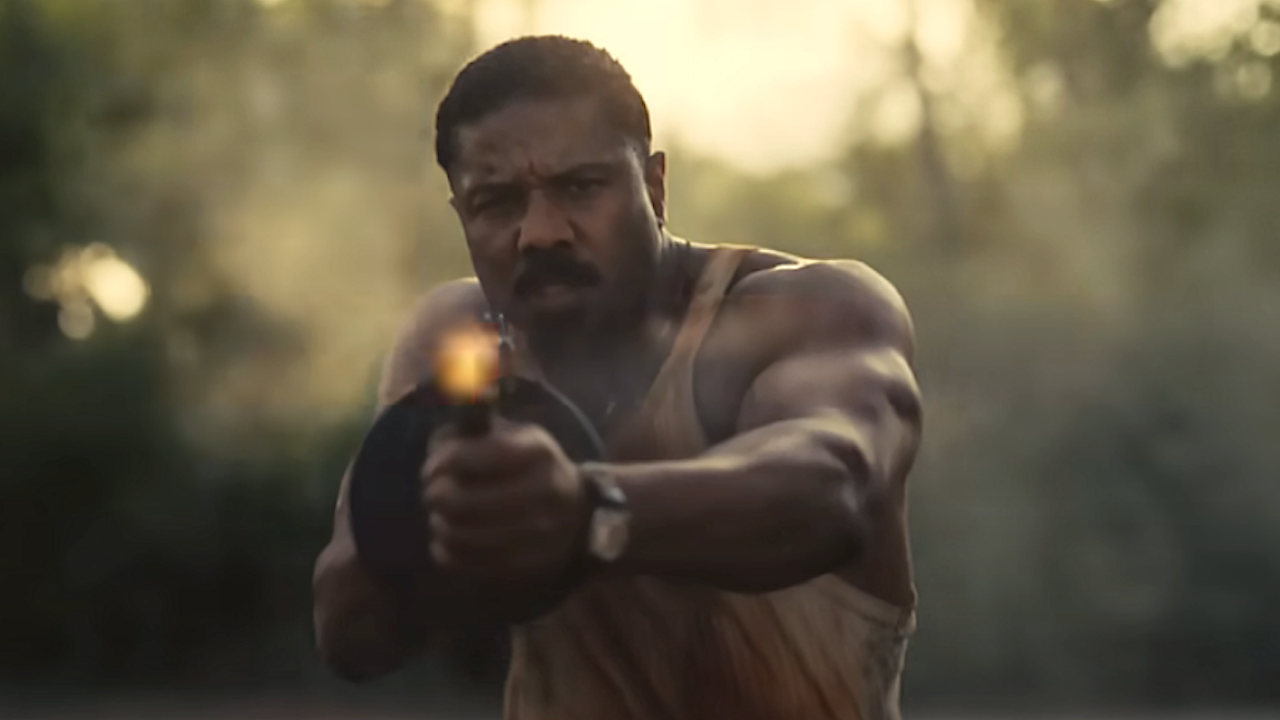By now aren’t we all a little sick of watching movies where kids try to decide whether or not they believe in Santa Claus? I realize that there are only so many things to explore if you want to make a family movie about Christmas, so perhaps revisiting that theme every couple of years is unavoidable, but still, come on, give me something different. Last year Elf did something unique and fresh with the whole Santa Claus thing and in doing so created a great family comedy that’s absolutely destined to become a holiday classic. This year, The Polar Express takes its swings at entering into the Christmas classic catalogue by throwing a bunch of kids on a train and making them question whether or not they should believe in Santa Claus, who for the purposes of this film will be treated a lot like Jesus. Jesus by the way is the guy who actually invented Christmas, yet somehow never makes it into Christmas movies. He keeps getting bumped out in favor of that fat, jolly, pretender.
Based on a children’s novel of the same name, The Polar Express is the story of a kid at the age of waking up and abandoning his belief in Santa. In bed one night on Christmas Eve, a magical train pulls up in front of his house. Having missed the day McGruff the Crime Dog came to school and warned students not to leave their house at midnight with suspicious strangers in unlikely vehicles, our boy hops on board at the behest of an impatient conductor (Tom Hanks). The train as it turns out is on a last minute run to the North Pole, ferrying kids to a big celebration with Santa, where Mr. Claus will hand out the first present of Christmas to one lucky child.
The train and its odd conductor are of course somewhat magical. So most of the film is spent on the express as our hero child, whose name I either just never caught or isn’t even mentioned, discovers all sorts of wondrous things about Santa’s locomotive, getting into rascally trouble and making friends with the other kids in the passenger car. The train itself often takes on the persona of a rollercoaster, and some of the movie’s most dodgy animation sequences involve the train engaging in wild antics suitable for Six Flags Over the Arctic.
Technically speaking, The Polar Express is flat out creepy. It’s a computer animated film through and through. The character animation is created using a process called rotoscoping, which if I’ve got this straight, captures the performance of live actors from video and then allows them to make an animated duplicate of that actor and his performance on screen. If you’re going to bother to film live actors I’m not sure why you’d want to go through the trouble to make CGI duplicates of them rather than just using the real thing, but that’s what they’ve done. The animation treads close to the line of photorealism, but never quite crosses into it. The result is a bunch of characters who resemble dolls possessed by the devil. The kids often look like they may have been born in a cornfield. The characters’ movements are amazingly realistic, but their facial features are always just a little strange. Their skin, as hard as the Polar Express crew obviously tried to make it look real, often looks thin; like textured Paper Mache stretched over a well made skeletal frame.
That’s not to say some of it isn’t quite beautiful. In one particularly stunning, if superfluous scene, an eagle grabs our hero boy’s train ticket and goes soaring through an all CGI Great White North. It’s fast and breathtaking, the sort of thing that an animated movie can really do right. But the characters themselves are just slightly off. I’m not sure what it is that Pixar does to create their CGI characters, and cartoony though they may be, Pixar’s animated characters always seem to have more heft to them. Computer animation done by anyone else always looks like a collection of empty shells propelled by some other-worldly force. Never has that been more evident than here in the work done by Warner Brothers. It’s easy to imagine that were you to crack CGI Tom Hanks’s head open you’d find a completely hollow center, or perhaps discover he’s really an evil robot piloted by super-intelligent white mice trying to take over the world.
The film’s story itself is typical Christmassy fair. When the Polar Express at last arrives at the North Pole, Santa’s workshop is in fact a giant city housing thousands upon thousands of elves. The unnamed children wander off and explore Santa’s factories, which bear an unmistakable resemblance to the grand and fantastic workshop first constructed by the eminent confectionist Willy Wonka. When Santa appears, he’s like the Christmas version of David Bowie. Through him, we discover as expected that the children’s adventures have taught them all important and extremely saccharine lessons about the value of Christmas.
In any other movie this would be cheesy and utterly unacceptable, but in a Christmas movie this sort of schmaltz isn’t only acceptable, it’s heartwarming. The really important thing to remember kids is that if you believe in the impossible, you’ll get really great presents. The Polar Express is an impossibly strange CGI gift, but not a bad one. The message is seasonally bright and works well enough as a throwaway holiday movie you can run out and see with the family before dropping by the video store to rent something more quintessential like Elf.











